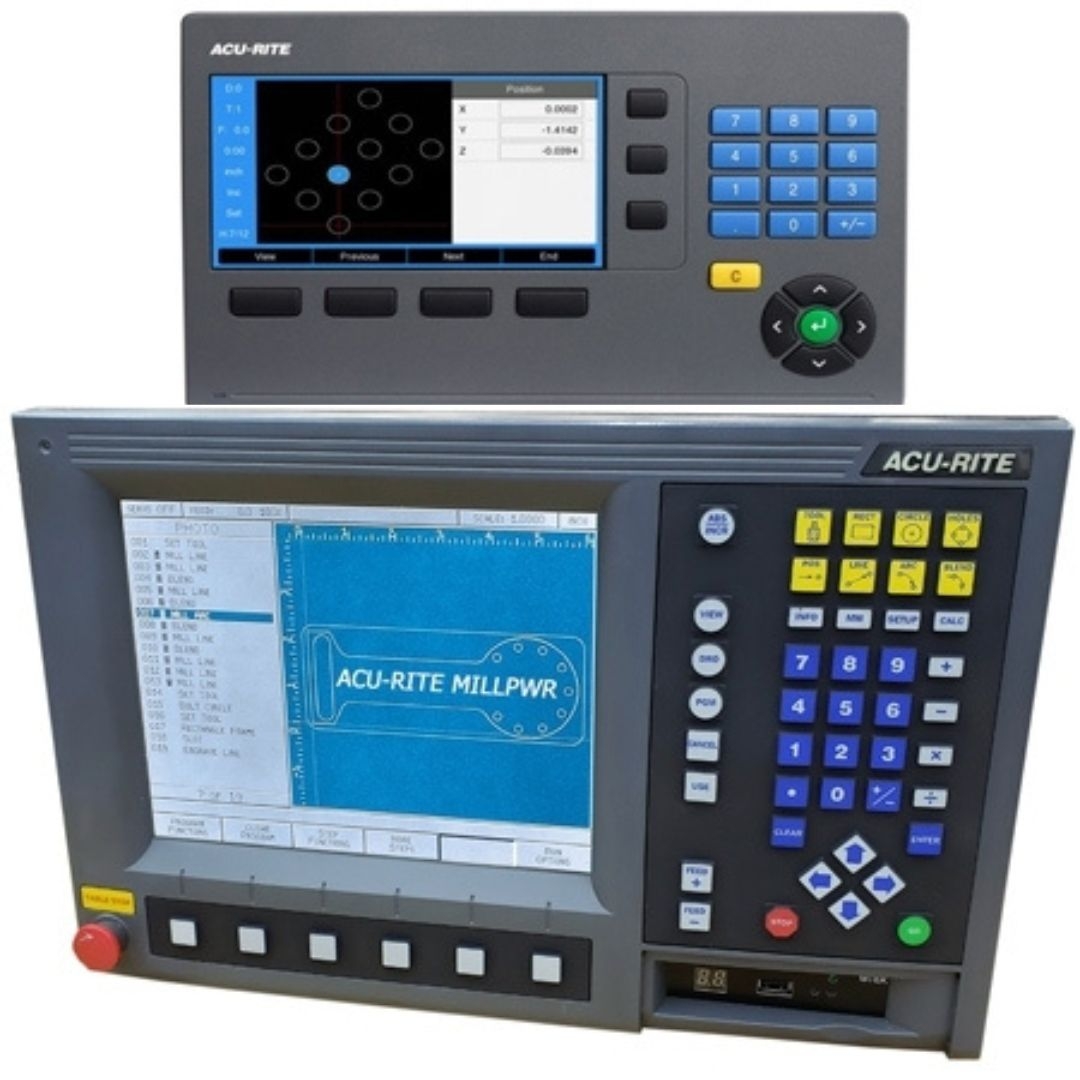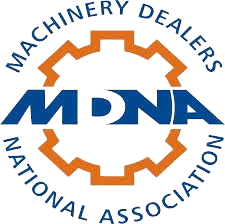When to Retrofit a Machine and How to Select the Right CNC Control?

Retrofitting a machine is a key step that many manufacturers take to scale up their operations. Some of the primary reasons behind retrofitting include increasing the machine’s capabilities, increasing the connection between different machines, reducing labour costs, or keeping up with the competition. In this blog, Walker Machinery, a major distributor of CNC controls, rotary encoders, linear encoders, and more, covers these reasons, along with providing a protocol for choosing the right CNC control for such a retrofit.
Why is it Important to Retrofit a Machine?
Adding New Capabilities
One of the biggest reasons behind retrofitting often involves adding new capabilities and features to the machine in question. Why go for increased capabilities in the first place? The reasons are numerous. One is to cut a new or different type of part, or if the manufacturer is aiming to enter a new market or zone where retrofitting will benefit.
Improving Connection
A manufacturer can have a variety of machines, some modern and some more “old school”. However, the connectivity between the machines might be low or non-existent, especially if it is old equipment. In this case, retrofitting is a good idea as it can improve connectivity between a network of machines in a given facility.
Reducing Setup Times and Labour Costs
The main aim of any upgrade is to improve the overall workflow of the system and to bring down any costs. In this case, it takes the form of reducing setup times between manufacturing and reducing the overall labour costs. By retrofitting a machine, the setup time can be reduced as each part is cut. This reduction in setup time also leads to the overall reduction in labour costs. Hence, it turns out to be a net positive.
Keeping Up With the Competition
With the overall market expanding and becoming more competitive, it is critical for manufacturers to stay ahead of the curve, or, at the very least, to keep up with it. If a competitor adds a new machine, it can easily outperform older equipment by a magnitude of 50 or 100. However, by opting for retrofitting, it is a more cost-effective way to stay in the competition without making an exorbitant investment in the form of purchasing new, cutting-edge machinery.
Ensuring Close Tolerances
Old machines can lose the capability to keep up with tight tolerances. Retrofitting them with the right CNC control can help resolve this issue. This is clearly seen in cases such as machining 3D surfaces, which is mostly used to manufacture moulds or dies.
Inconsistencies While Machining
Lastly, it is a good idea to consider retrofitting a machine if there are glaring inconsistencies during machining. For instance, if one hole is drastically different in dimensions than another hole when both were supposed to be of equal dimensions, then it is evident that the machine’s accuracy is in question.
Therefore, if any of these situations are valid, then manufacturers will be better-suited with a CNC control retrofit.
How to Choose the Right CNC Control for a Retrofit?
To choose the right CNC control for a retrofit, it is key to consider the following factors:
Engaging User Interface
In spite of endless automation, any CNC control technology requires the expertise of a technician to perform the tasks effectively. This can be a challenge as it is becoming difficult to hire new talent in the manufacturing sector. To ensure this, it is vital for the CNC control to be highly engaging and easy to use. Hence, the user interface needs to be empowering, engaging and modern to make it happen.
Flexibility And Versatility
Flexibility is very important to consider when selecting a valid CNC control system for a retrofit. With this feature, manufacturers can make new parts or changes on the fly without making a significant change to code or instructions. For instance, with the right flexibility, makers can manufacture a 3-plus-2 part on the go, which can otherwise require extensive reprogramming of the CAM to achieve this. Therefore, the more flexible the CNC control, the more competitive and versatile one can be in this sector.
Computing Speed
Another critical factor to consider is the computing speed. This means speeds where the parts reprocess within milliseconds, and even the slightest of delays can cause small errors during machining. For instance, when manufacturing a very complex part on a 5-axis machine, there are literally millions of contact points that have to be anticipated accurately to machine parts with tight tolerances. This can be made possible only with the aid of high computing speed.
Conclusion
To sum it up, retrofitting a machine with proper CNC controls is a good choice if manufacturers want to add to their capabilities, keep up with their competitors, reduce setup times and labour costs, reduce errors and improve connectivity, and ensure close tolerances. Furthermore, when choosing a CNC control, manufacturers must ensure that the system they opt for has an engaging user interface, is flexible during operation, and has an excellent computing speed.
Walker Machinery can offer CNC controls that fulfill all these requirements and more. As one of the leading distributors of CNC controls in Milton, Ontario, we offer many types of digital encoders such as rotary encoders, linear encoders, angle encoders and more. To learn more, give us a call at 905-876-0890 today to obtain a free quote.
FAQs:
What are the benefits of a CNC retrofit?
Some common benefits of retrofitting a CNC machine include better performance, an increase in equipment lifespan, energy savings, and a reduction in the total cost of ownership.
How to decide if a CNC retrofit is the right choice?
To know whether a CNC retrofit is valid for you, consider your requirements, analyze the cost of such a retrofit, and learn if there are any mechanical limitations to your machine.





